Chicago Is Worst Area in the US for ‘Distorted’ Power Supplies
(Bloomberg) -- Problems plaguing power supplies to more than 5 million US households threaten to reduce efficiency and damage home appliances, with Chicago the worst-affected area.
That’s according to new data from Whisker Labs Inc., which tracks power-quality metrics in real-time via about 850,000 residential sensors.
The problem stems from something known as bad harmonics, also referred to as “noisy” or “distorted” power.
Power becomes “noisy” when the waves of electricity traveling across high-voltage lines become flatter or otherwise deviate from the ideal pattern. It’s similar to the noise or static that can be heard when a speaker’s volume is jacked up higher than it can handle. Bad harmonics on the power grid can cause home electronics to run hot, or even cause the motors in refrigerators or air conditioners to rattle.
“It’s really truly an insidious problem, in that the damage that is caused by high harmonics — noisy power - is actually a long-term effect,” said Bob Marshall, chief executive officer of Whisker Labs. “It continues to damage everything that uses that electricity and shortens the life, and causes them to use a lot more energy.”
Of the US homes that have concerning levels of bad harmonics, roughly 70% of them are concentrated in 10 utility territories in the lower 48 states. They include the Chicago area, Denver and Boulder, Colorado, along with Seattle and large swaths of New Jersey and Baltimore.
“Noisy” power is one of the many symptoms of a US grid that is increasingly facing stress. Power supplies are being tested by extreme weather, increasing demand and aging infrastructure.
This is the first time granular data from a household level is available to the public. Total harmonic distortion is a closely watched metric by the utility industry. Engineering standards set the limits for acceptable deviations, which are measured as a percentage. Distortions exceeding 8% are red flags that can shorten the life of appliances and gadgets.
While it’d be nearly impossible to pin down exactly when bad harmonics led to specific appliance failures, the burden over time on consumers can add up, Marshall said.
“This is over years, billions and billions of dollars in losses that are accumulating,” he said in an interview.
Whisker Labs will start alerting customers that have installed the company’s home sensor devices about bad harmonics starting this week, so that households inform local utilities about potential problems. The Germantown, Maryland-based company already sends notices to homes that are facing urgent fire risk because of power surges — its devices can measure power quality more broadly.
©2024 Bloomberg L.P.
KEEPING THE ENERGY INDUSTRY CONNECTED
Subscribe to our newsletter and get the best of Energy Connects directly to your inbox each week.
By subscribing, you agree to the processing of your personal data by dmg events as described in the Privacy Policy.
More renewables news
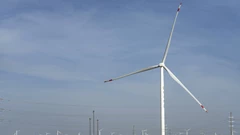
GB Energy Faces Doubts as UK Declines to Affirm Future Funds
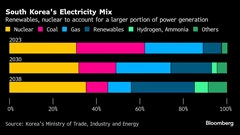
Korea Cancels Planned Reactor After Impeaching Pro-Nuke Leader

Brazil’s Net-Zero Transition Will Cost $6 Trillion by 2050, BNEF Says
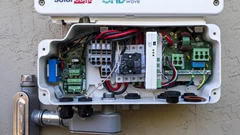
SolarEdge Climbs 40% as Revenue Beat Prompts Short Covering

EU to Set Aside Funds to Protect Undersea Cables from Sabotage
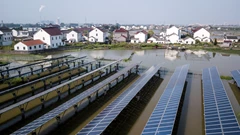
China Revamps Power Market Rules In Challenge to Renewables Boom

KKR increases stake in Enilive with additional €587.5 million investment

TotalEnergies and Air Liquide partner to develop green hydrogen projects in the Netherlands
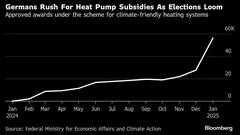
Germany Set to Scale Down Climate Ambitions
















